Aeon Video has a monthly newsletter!
Get curated editors’ picks, peeks behind the scenes, film recommendations and more.
Bat-people on the Moon – what a famed 1835 hoax reveals about misinformation today
While the social media age may allow misinformation to spread like a highly contagious virus, ‘fake news’ is, of course, as old as the news itself. And, as The Great Moon Hoax chronicles, the Moon proved fertile ground for misinformation long before the persistent conspiracy theory that the Apollo landings were faked. In this short, the Australian journalist Kirsty B Carter interviews the US writer Matthew Goodman who explains how a series of stories, originally intended as satire and published in 1835 in the New York paper The Sun, convinced millions that the Moon was teeming with life – including, infamously, a race of bat-people. Explaining why the articles ended up being taken seriously, the video details how profit, entertainment value and the nature of belief intertwined to perpetuate this fantastical hoax, mirroring trends that continue, amplified, today.
Video by BBC Reel
Producer: Kirsty B Carter

video
Biography and memoir
As her world unravels, Pilar wonders at the ‘sacred geometry’ that gives it structure
20 minutes
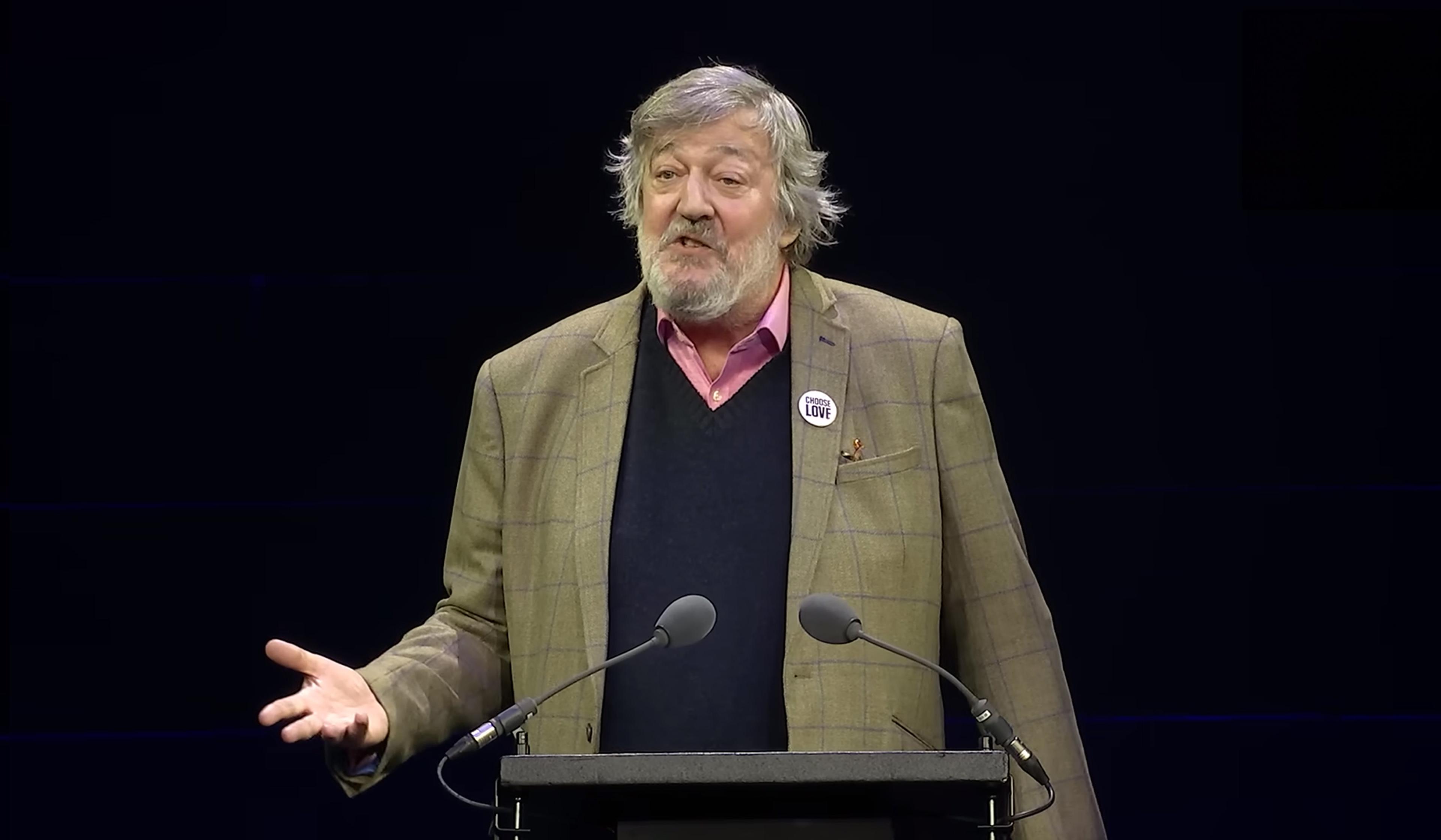
video
Meaning and the good life
Why strive? Stephen Fry reads Nick Cave’s letter on the threat of computed creativity
5 minutes
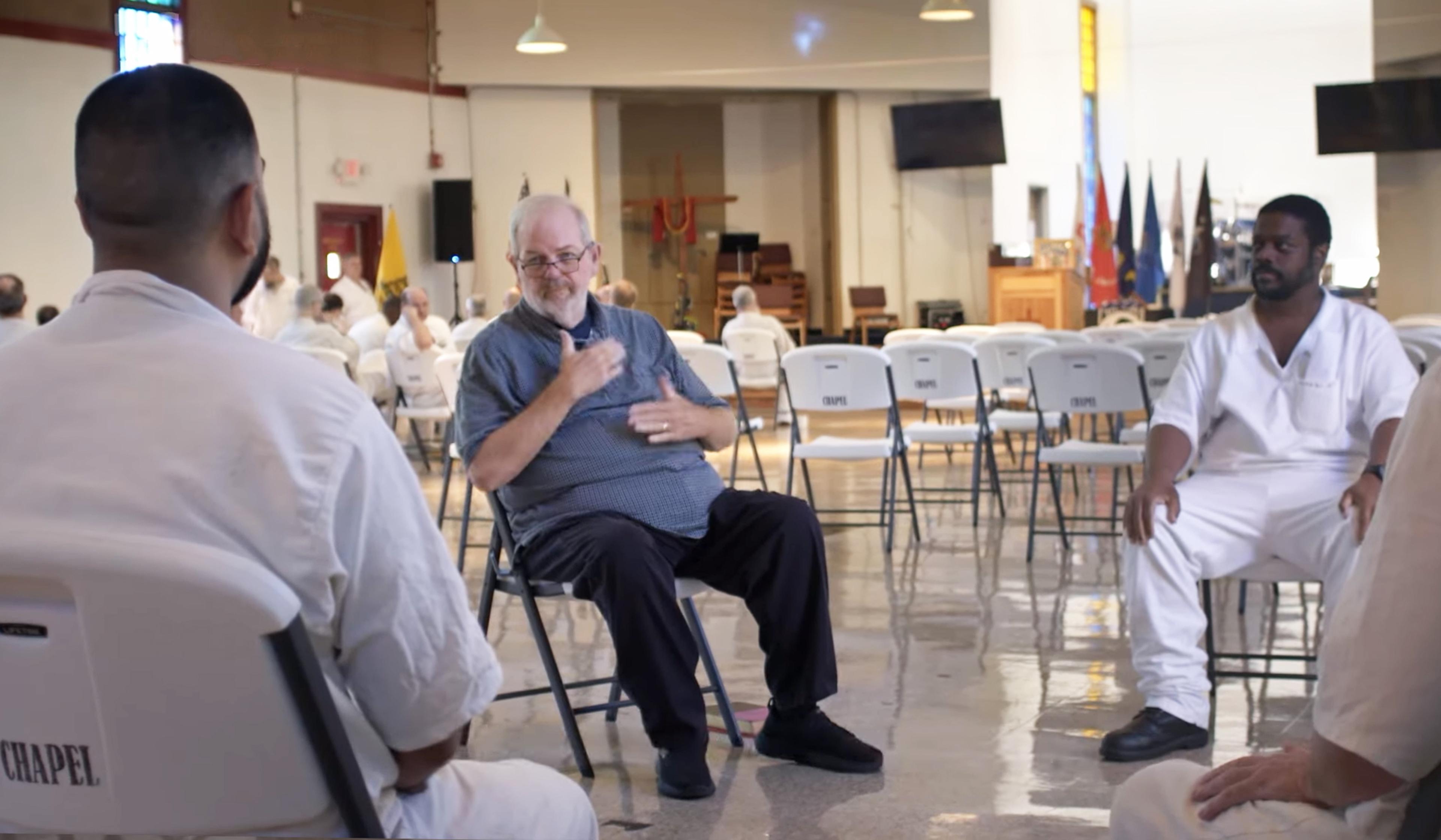
video
Human rights and justice
‘I know that change is possible’ – a Deaf prison chaplain’s gospel of hope
18 minutes

video
Physics
Find the building blocks of nature within a single, humble snowflake
4 minutes
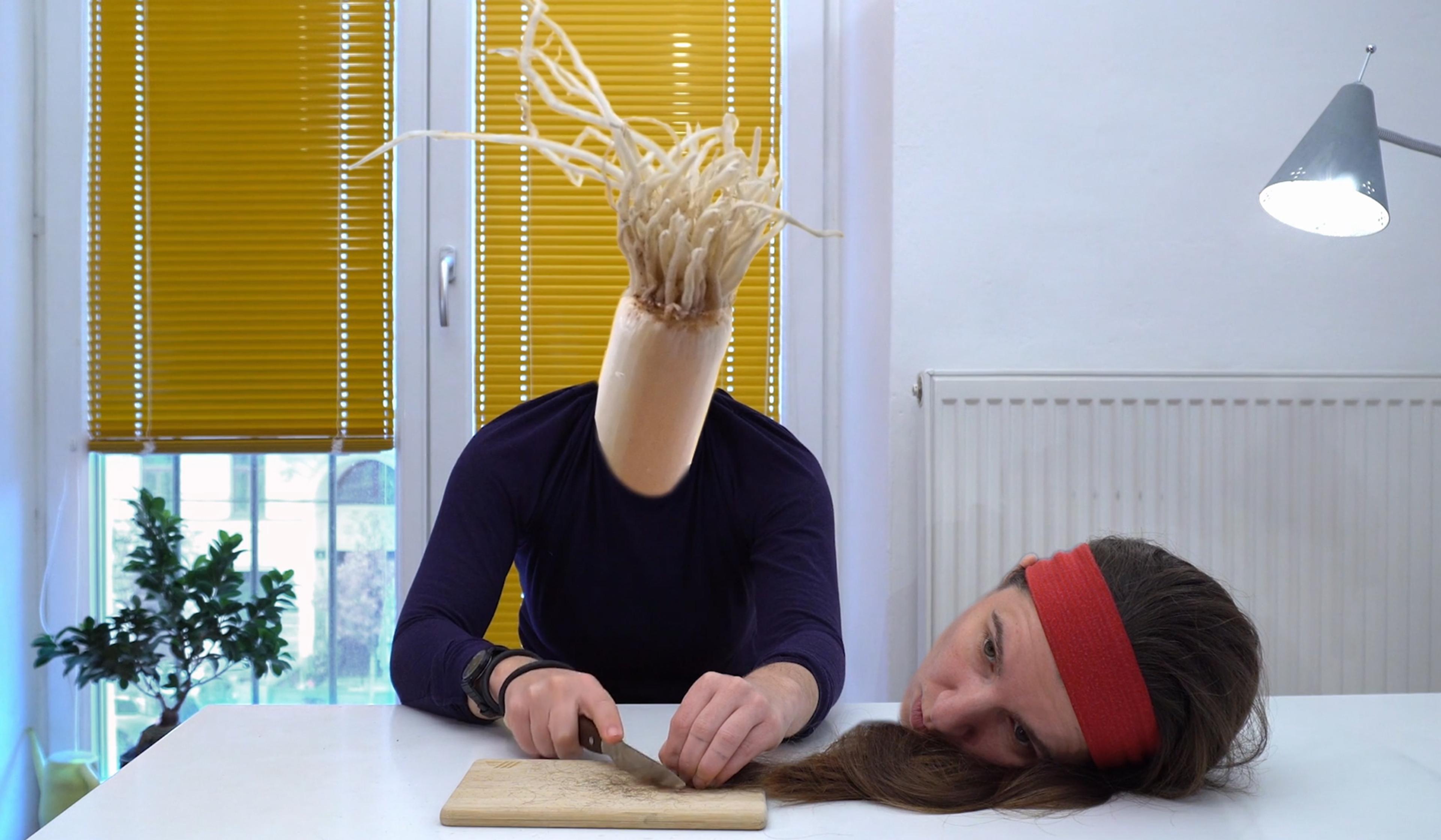
video
Technology and the self
An artist swaps her head with everyday objects in a musing on consumerism
4 minutes
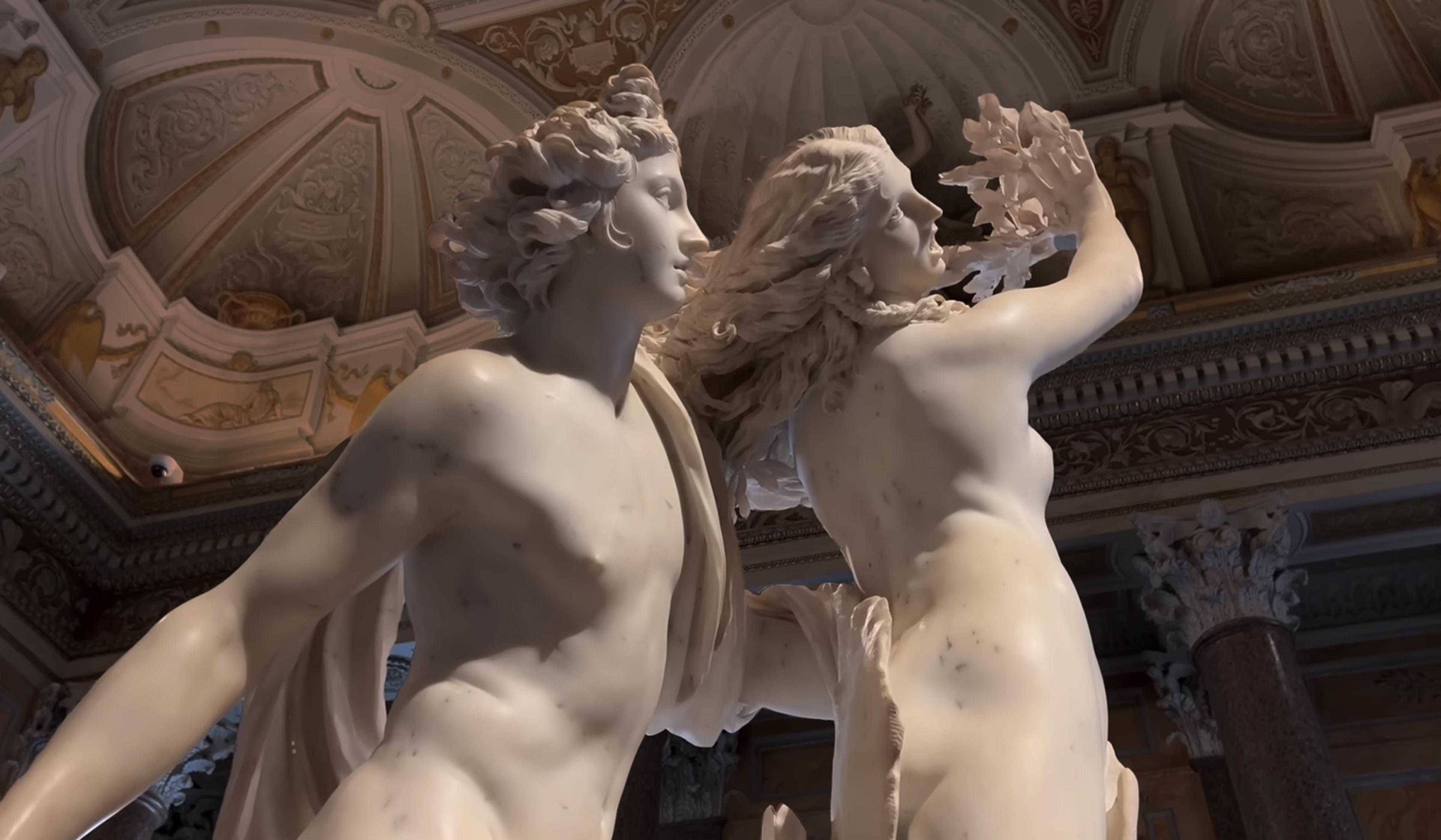
video
Art
The overlooked polymath whose theatrical oeuvre made all of Rome a stage
30 minutes
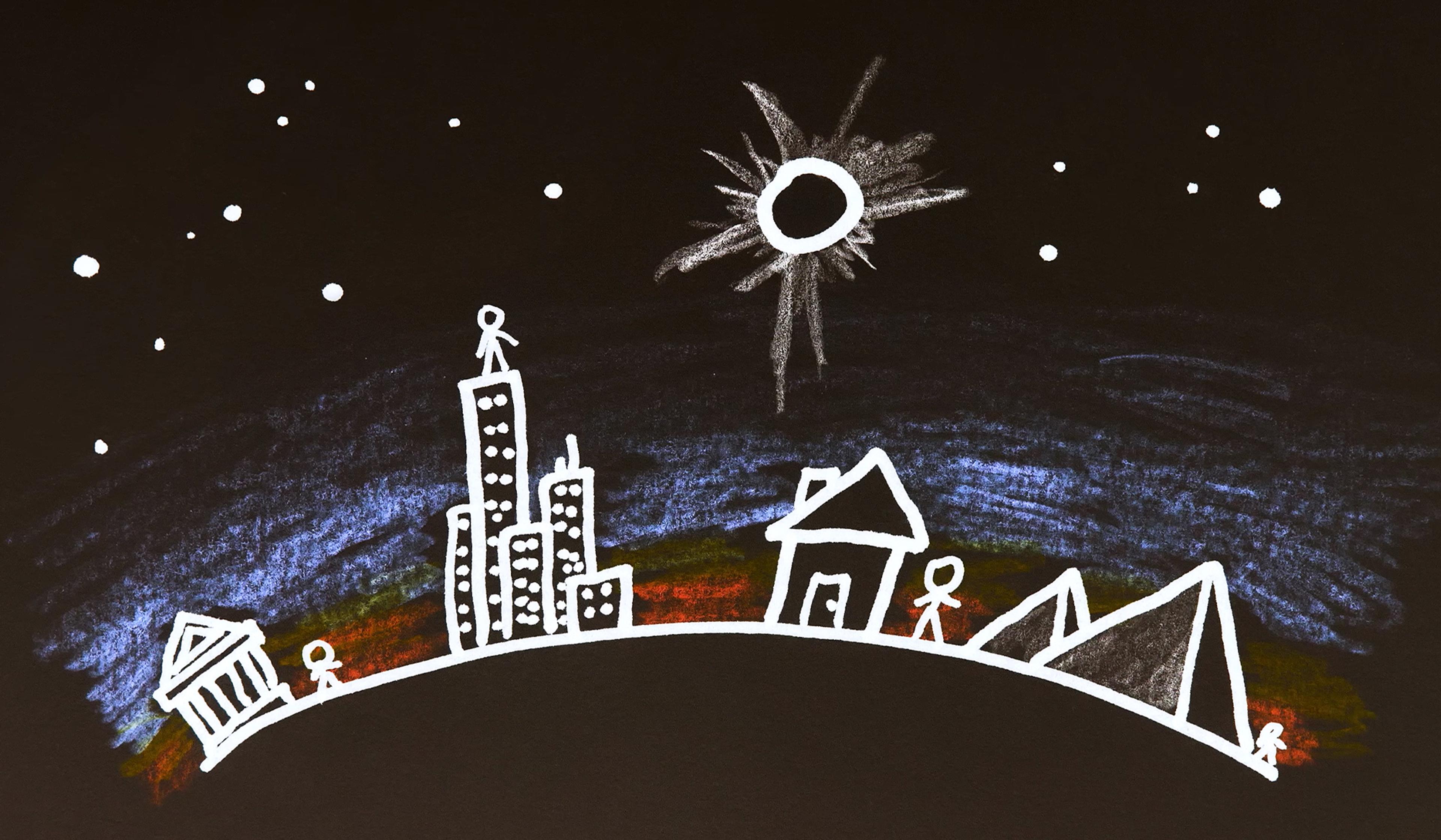
video
Physics
Why the golden age of total solar eclipses is already behind us
5 minutes
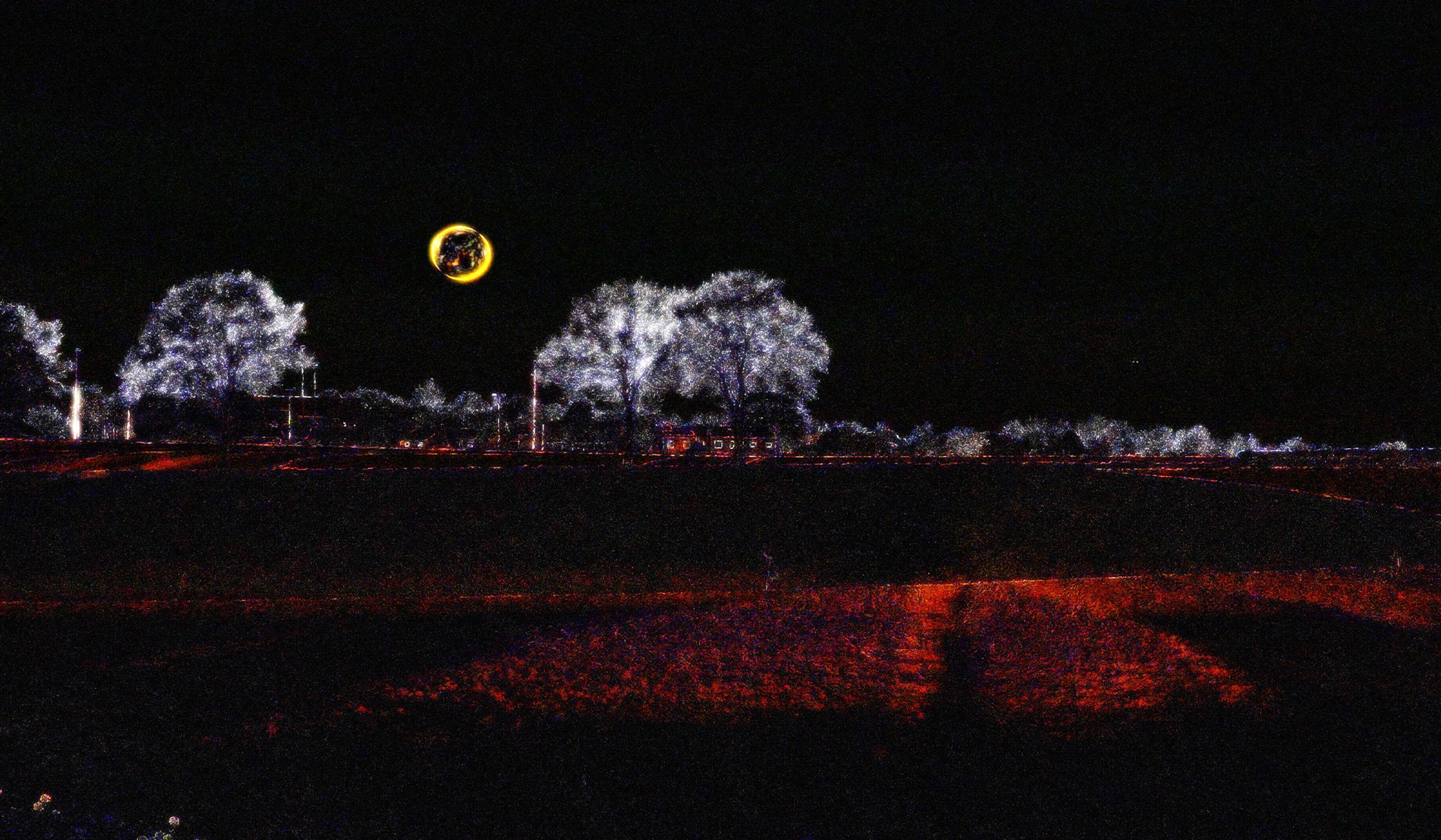
video
Film and visual culture
An augmented-reality filter reveals the hidden movements all around us
7 minutes
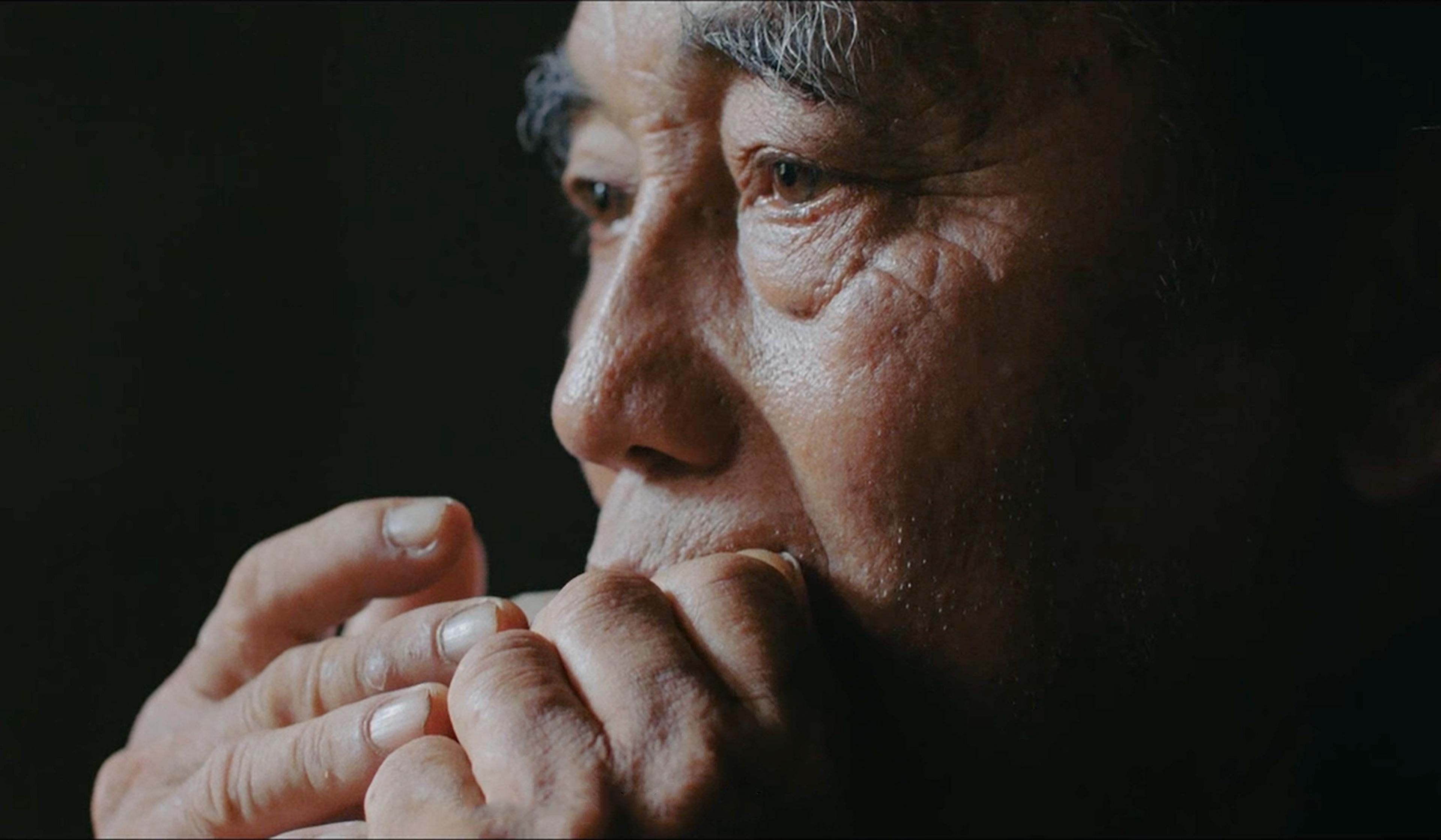
video
Language and linguistics
Messages born of melody – hear the whistled language of the Hmong people
18 minutes